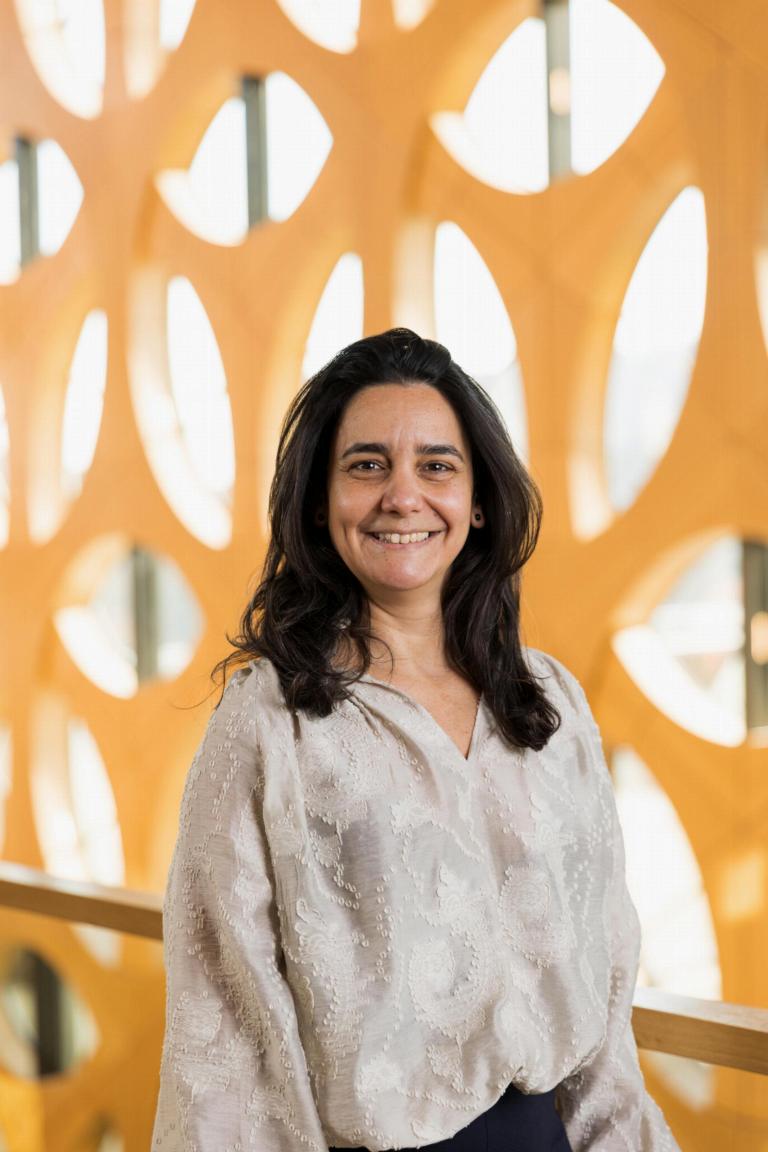
Plants are the focus of my research and my teaching activities, which span a broad range of interests. Currently, I am investigating how species-level phylogenies can improve species delimitation, unveil evolutionary relationships, and help understanding speciation in the studied group. Along the years, Amazonia has been a common theme in my research: assemblage of bryophyte communities, biosphere – atmosphere interactions and the flora of the region are part of my background.
Keywords
Amazonia, Bryophytes, Flora of the Guianas, Long Distance Dispersal, Myristicaceae, Phylogenies
Systematics and Evolution of the nutmeg family (Myristicaceae)
How many species belong to the nutmeg family and how to recognize them? How are species related to each other in the evolutionary history?
Myristicaceae is a family of tropical trees with approximately 21 genera and 530 species. What is the evolutionary history underlying the current diversity and geographical distribution of Myristicaceae? While the evolutionary relationships among genera are currently being resolved, the biological processes driving speciation within the different genera are still unknown. The main goal of this project is to combine a robust morphological and anatomical dataset with a well-sampled species level phylogeny, to test hypothesis about speciation in the different Neotropical genera. During the process, taxonomic revisions contribute to the development of Flora do Brasil and Flora of the Guianas project.
topics
A selection of the topics I am working on currently.
Keypublications
Ter Steege, H., Fortes, E. A., Rozendaal, D. M. A., Erkens, R. H. J., Sabatier, D., Aymard, G., Duijm, E., Eurlings, M., Grewe, F., Pombo, M. M., Gomes, V. F., Mansano, V. D. F., & de Oliveira, S. M. (2023). Molecular phylogeny and evolution of inflorescence types in Eperua. American Journal of Botany, 110(10).
Mota de Oliveira S., Duijm E., Stech M., Ruijgrok J., Polling M., Barbosa C. G. G., Cerqueira G. R., Nascimento A. H. M., Godoi R. H. M., Taylor P. E., Wolff S., Weber B., Kesselmeier J. (2022). Life is in the air: an expedition into the Amazonian atmosphere. Frontiers in Ecology and Evolution, Sec. Biogeography and Macroecology vol. 10.
Edtbauer A., Pfannerstill E. Y., Pires Florentino A. P., Barbosa C. G. G., Rodriguez-Caballero E., Zannoni N., Alves R. P., Wolff S., Tsokankunku A., Aptroot A., de Oliveira Sá M., de Araújo A. C., Sörgel M., Mota de Oliveira S., Weber B., Williams J. (2021). Cryptogamic organisms are a substantial source and sink for volatile organic compounds in the Amazon region. Communications Earth & Environment 2:258.
Mota de Oliveira S. (2018). The double role of pigmentation and convolute leaves in community assemblage of Amazonian epiphytic Lejeuneaceae. PeerJ 6: e5921.
Mota de Oliveira S., ter Steege H. (2015). Bryophyte communities in the Amazon forest are regulated by height on the host tree and site elevation. Journal of Ecology 103: 441-450.
For the complete list of publications, see
PhDsupervision
Naturalis aims to be a breeding ground for international scientific talent. Therefore, PhD's have a special position in our organisation.
Annas Rabbani
Teachingactivities
Plant Families of the Tropics – MSc level, Leiden University
Flora veldcursus – 2nd year Biology, Leiden University
In themedia
In themedia
Interview at the Gala van de Wetenschap 2020
NPO2 documentary "De Toren" aflevering 2. Herbarium
